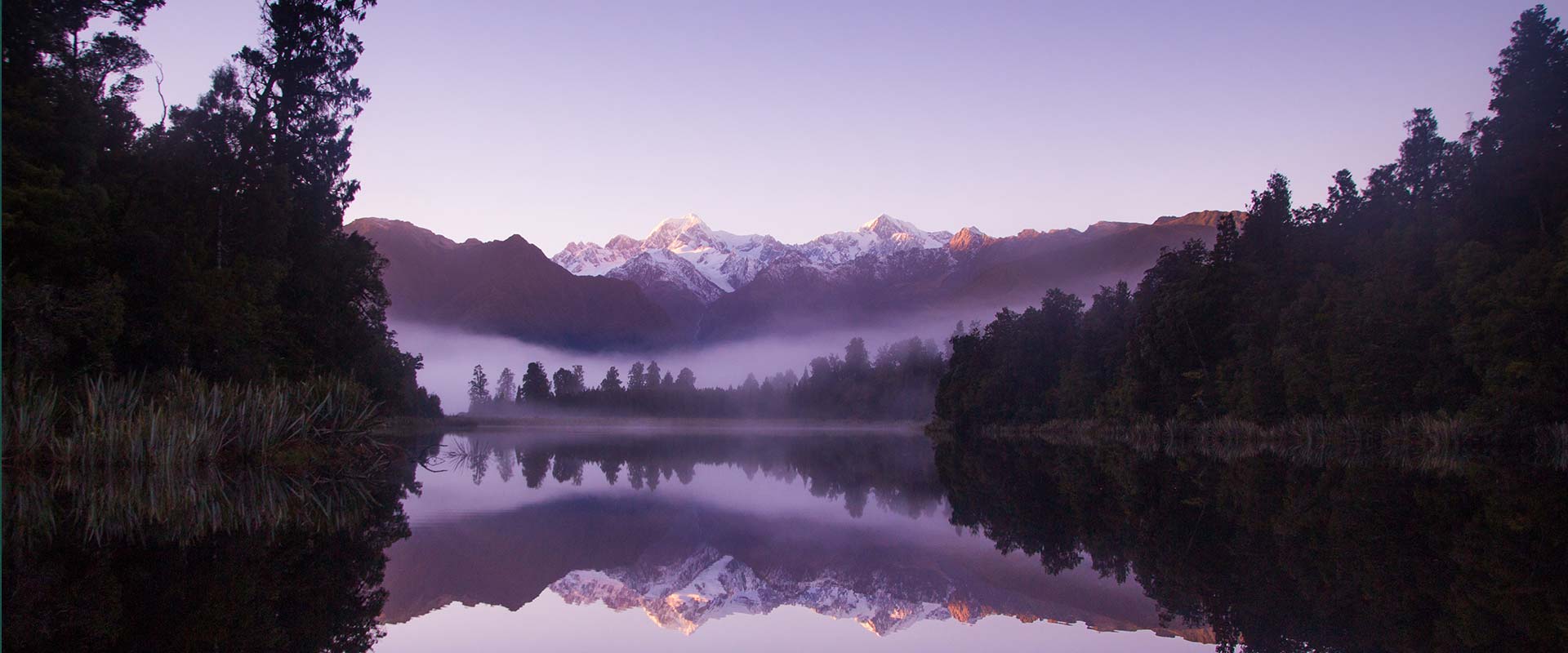Nitrogen, phosphorus, sediment and Escherichia coli in New Zealand’s aquatic receiving environments: Comparison of current state to national bottom lines
November 2023
This report is the first assessment of where ‘bottom lines’ for contaminants are exceeded across Aotearoa. It reveals the size of job required to achieve these objectives. Substantial reductions of at least one contaminant are required in almost all regions. Many rivers, lakes and estuaries exceed the bottom line for more than one contaminant.
The report contains maps depicting catchments according to the size of the load reductions required. This indicates where the greatest effort is needed to reduce water contamination to meet the national bottom lines.
Three-quarters of all land in Aotearoa is contributing E. coli to our water – a much greater area than for the other three contaminants.
This research does not challenge the regulatory bottom lines defined by the NPS-FM. It contributes new knowledge about the scale of the challenge. It can be used to guide the implementation of freshwater regulation, helping regional councils ‘size up’ the job ahead and helping government set realistic expectations for the time, support and investment required to restore health to our rivers, lakes and estuaries.
This information is critical to helping government and regional councils understand where community expectations for water quality can be met through improvements in farm practice, and where current land uses or intensity may be unsuitable.
 View Our Strategy Document 2019 – 2024
View Our Strategy Document 2019 – 2024



